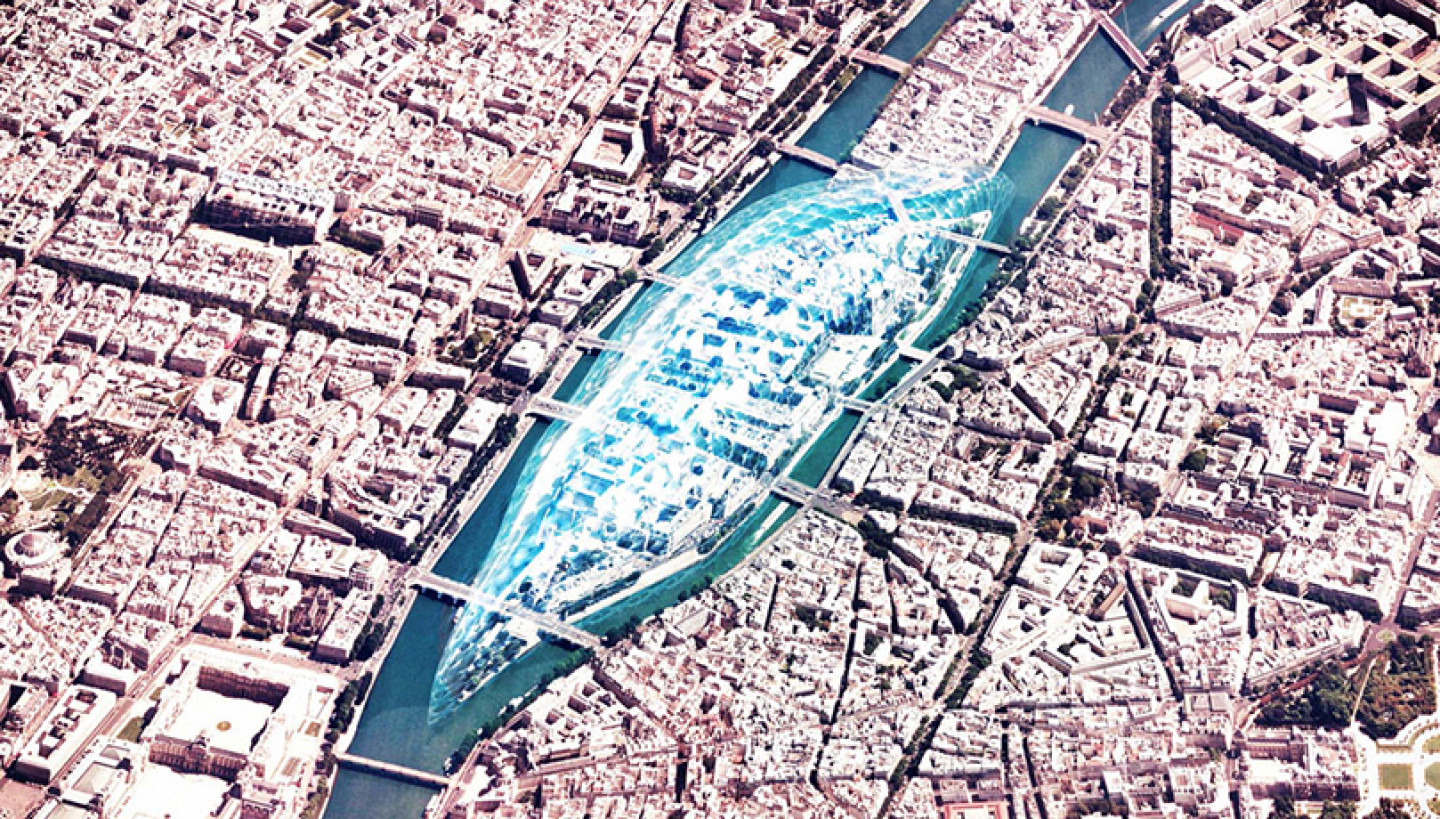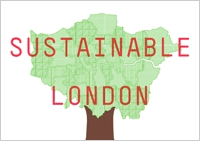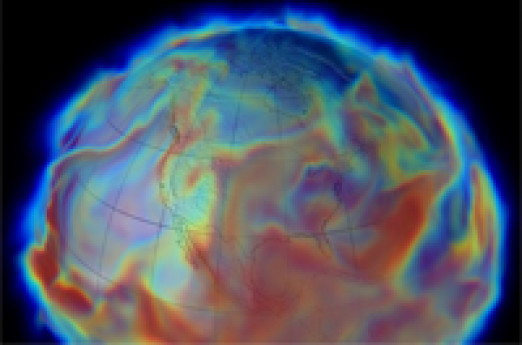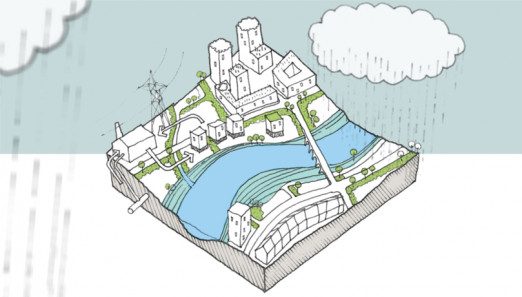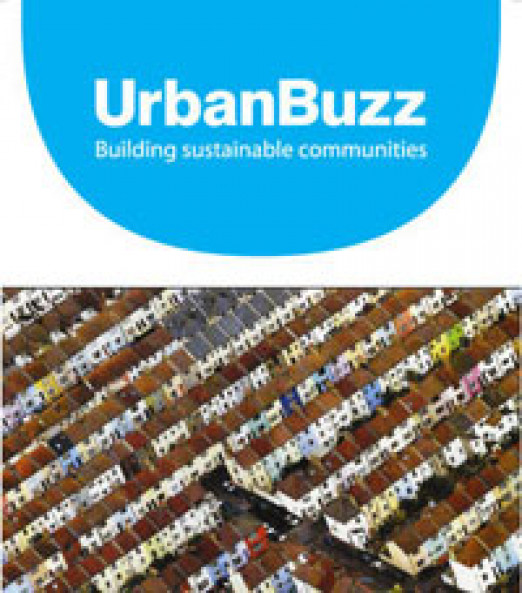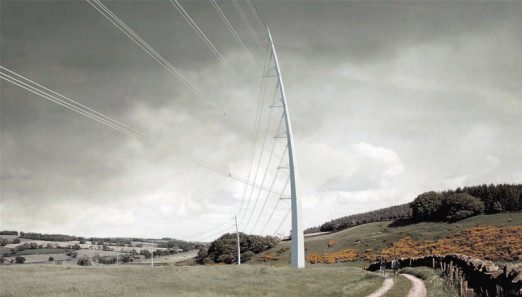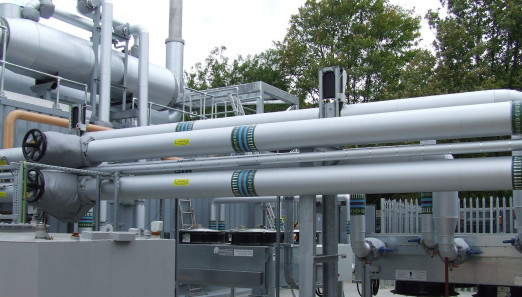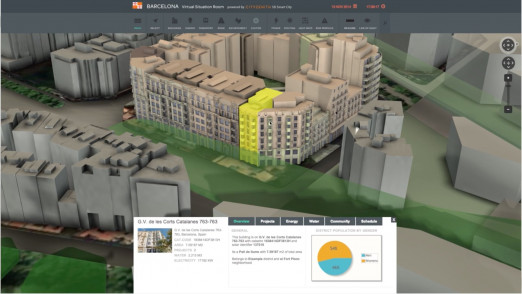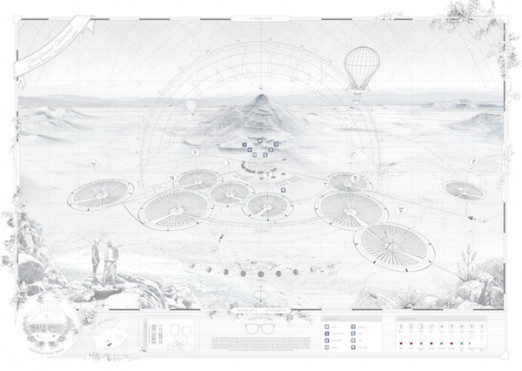A revolutionary demonstration project – inspired by research on photonic membranes from Stanford University – will be presented in the center of Paris this week as part of the initiatives for the UN Climate Change Summit COP 21.
Scientist, engineers and designers from Transsolar, an international climate engineering firm, and Carlo Ratti Associati, a design and innovation consultancy founded by Massachusetts Institute of Technology professor Carlo Ratti, will present a demonstration project that explores how to reverse climate change in cities. Inspired by cutting edge nanotech research from Stanford University, the team will show how new photonic membranes that reflect solar radiation could help reduce extreme temperatures in our cities, at zero energy cost and zero water demand. The project will be unveiled in the French capital (in the city center along the Berges de Seine in front of Musée d'Orsay) from August 19th to October 4th 2015. The demonstrator, developed with the Mairie de Paris, is part of a series of events under the banner of “Paris Climat 2015” and the United Nations Framework on Climate Change’s Conference of Parties (COP21), to be held in Paris later this year.
“Since primary school, we’ve all studied how greenhouses (sometimes also called hot-houses) work: they are enclosures that let in the sun’s short wave radiation, while trapping long wave radiation. As a result, temperatures increase. Now imagine doing exactly the opposite: finding a material that would reflect incoming short wave radiation from the sun, while letting the earth radiate to outer space. The result would be net cooling – something we could call a cool-house,” says Carlo Ratti, founder of Carlo Ratti Associati and professor at the Massachusetts Institute of Technology. Theoretically, if one were able to cover a large urban area in an optimized material we could reach temperatures below zero even during the summer. In reality, today’s membranes can achieve decreases in temperature of several degrees.
“The demonstration project in Paris explores different types of membranes and uses advanced computer simulations to evaluate what the overall effect would be in Paris,” explains Thomas Auer, managing director of Transsolar and professor at the Technical University of Munich. “The principle is nothing new: green canopies in cities are very effective and have been used to a similar effect for centuries. However, in the coming years, new synthetic membranes will open up unprecedented opportunities.” While cooling at zero energy cost may seem an impossible idea, it turns out that there is a way of achieving this by harnessing a renewable “resource" that we may not realize we have access to: the extreme low temperature of the universe. Researchers at Stanford University in California, USA, have shown recently that a special kind of ‘photonic’ material or surface can be designed to reflect nearly all incoming sunlight while also sending its heat to the sky, and thus the cold of space, as infrared light. This sky-facing surface can thus stay several degrees below air temperature entirely on its own, even under direct sunlight, and thus provide more than just shade: it could be a source of cooling for tomorrow’s buildings that requires no electricity or water. Suddenly, Paris feels more like Stockholm or Reykjavik.
“In 1960, the great American inventor Buckminster Fuller proposed to cover midtown Manhattan with a giant greenhouse, in order to mitigate its cold winters,” comments Emma Greer, project manager at Carlo Ratti Associati. “ Fifty years down the line, our planet is grappling with the opposite issue – overheating – but some of the solutions might be similar.” Extreme weather patterns brought about by global warming, such as the infamous heat wave of 2003, represent a direct threat to our cities. With temperatures on the rise, uncomfortable urban climates discourage people from living and walking outside air-conditioned buildings. This also leads to more inside conditioned spaces and higher energy demand for air conditioning in buildings that have traditionally not needed it. The challenge at hand is to develop climate remediation solutions that ensure ubiquitous comfort. As an example, if one were to wrap Paris’s Ile de la Cite with a photonic membrane, its temperature would be 5-10 degrees lower. “Such an intervention might not be practical – but covering courtyards and public plazas might be a feasible option,” adds Greer.
The Paris demonstrator will showcase 3 different materials to create 3 different climate modification options, namely: Greenhouse, Coolhouse, and Treehouse. Results of the simulation are shown on site and in real time online. The three displays use the UTCI (Universal Thermal Climate Index) to estimate how the average person would feel, taking into account: solar radiation, wind speed, mean radiant temperature of the area, ambient air temperature, relative humidity, and typical values for a person's clothing factor and activity. Results are calculated based on weather from Weather Underground and updated every 15 minutes. “We are particularly excited to have had the opportunity to develop this demonstrator in Paris – a city that played a big role in the development of modern greenhouses, all the way from Versailles’ spectacular glass enclosure of the 18th century,” concludes Auer. “NOW is the time to revers the effect in order to protect our cities against summer heat waves! Whatever the specific solution might be – coolhouse or treehouse – it is essential to develop a climate mitigation master plan in order to maintain a liveable and vibrant city centre – even in the summer!”
CREDITS:
The team at Transsolar was composed of: Josh Vanwyck, Elmira Reisi, Helmut Meyer, Eduard Mildenberger, Geoffrey Matricon, Wolfgang Kessling, Thomas Auer, Ben Best.
The team at Carlo Ratti Associati consisted of: Carlo Ratti, Giovanni de Niederhausern, Emma Greer (Project Manager), Andrea Galli (Lighting Lead), Andrea Fasolo Rao (Control System Design), Monika Löve, Alberto Bottero, Gary Di Silvio, FGM Works (Fabrizio Milani)
